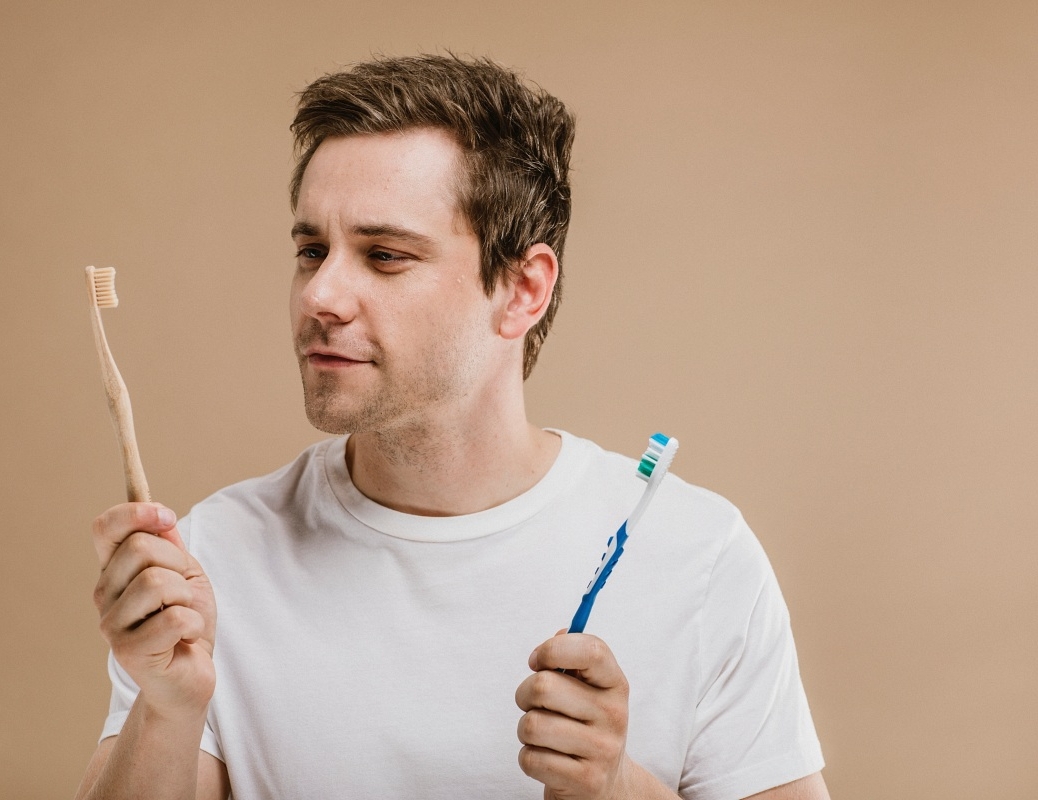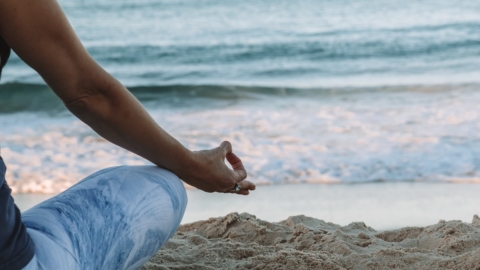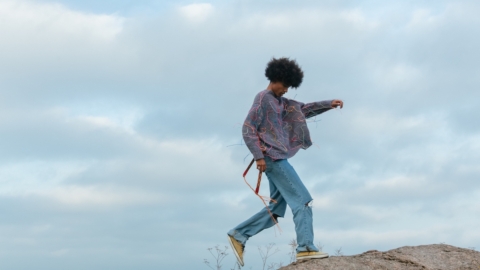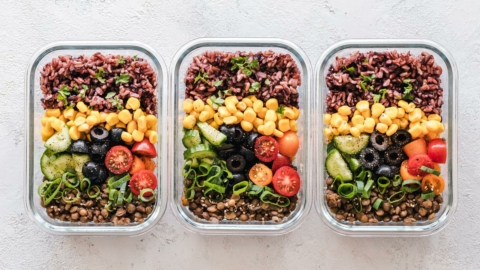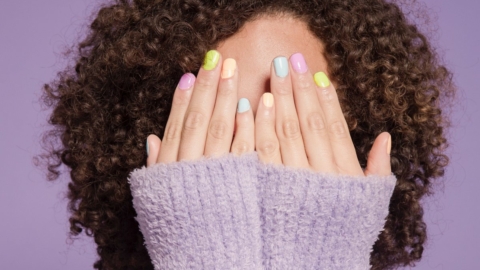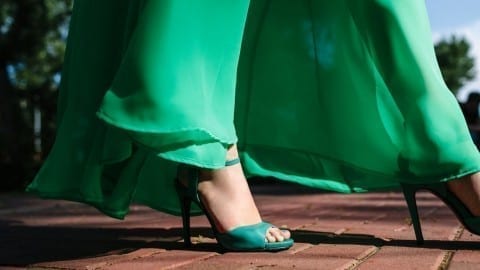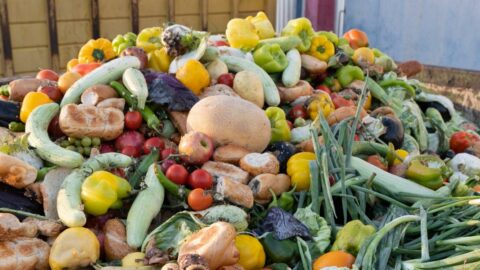Ever wondered what would happen if you just stopped throwing things away? If you stopped buying products with excessive packaging, or only bought what you need? Meet the zero waste movement: a growing movement of people (the zero waste generation, if you will) committed to drastically reducing their footprint on the planet by eliminating as much waste as possible.
By 2050, evidence shows that there will be more plastic in the ocean than fish and 99% of seabirds will have ingested plastic waste. So, there’s no time better than the present to start your zero waste journey!
The goal of zero waste is to send nothing to landfill – all materials are either reused, recycled, or composted. This means living a more minimalist lifestyle and being mindful of many different aspects, from the food you eat to the products you buy. It’s a challenge, but one that comes with many benefits. Adopting a zero waste lifestyle has a host of benefits, both for you and the environment. This includes saving money, reducing your carbon footprint, preserving resources, reducing pollution, and protecting the ecosystem.
By 2050, evidence shows that there will be more plastic in the ocean than fish, and 99% of seabirds will have ingested plastic waste. So, there’s no time better than the present to start your zero waste living!
10 Ways You Can Go Zero Waste
Zero waste living is truly about rethinking the way you live and consuming less, but it can be difficult to know where to start. It might mean completely Marie Kondo-ing your world or making more changes than you already have. Here are 10 zero waste tips that can help you become part of the zero waste generation.
Note: Republic of Green researches and reviews green products that we hope you will love! As an Amazon Associate, Republic of Green may earn a small commission on qualifying purchases if you click through to purchase something on Amazon. There is no additional cost to you and it helps us to keep bringing you good content. Thank you for supporting Republic of Green!
1. Say goodbye to single-use items
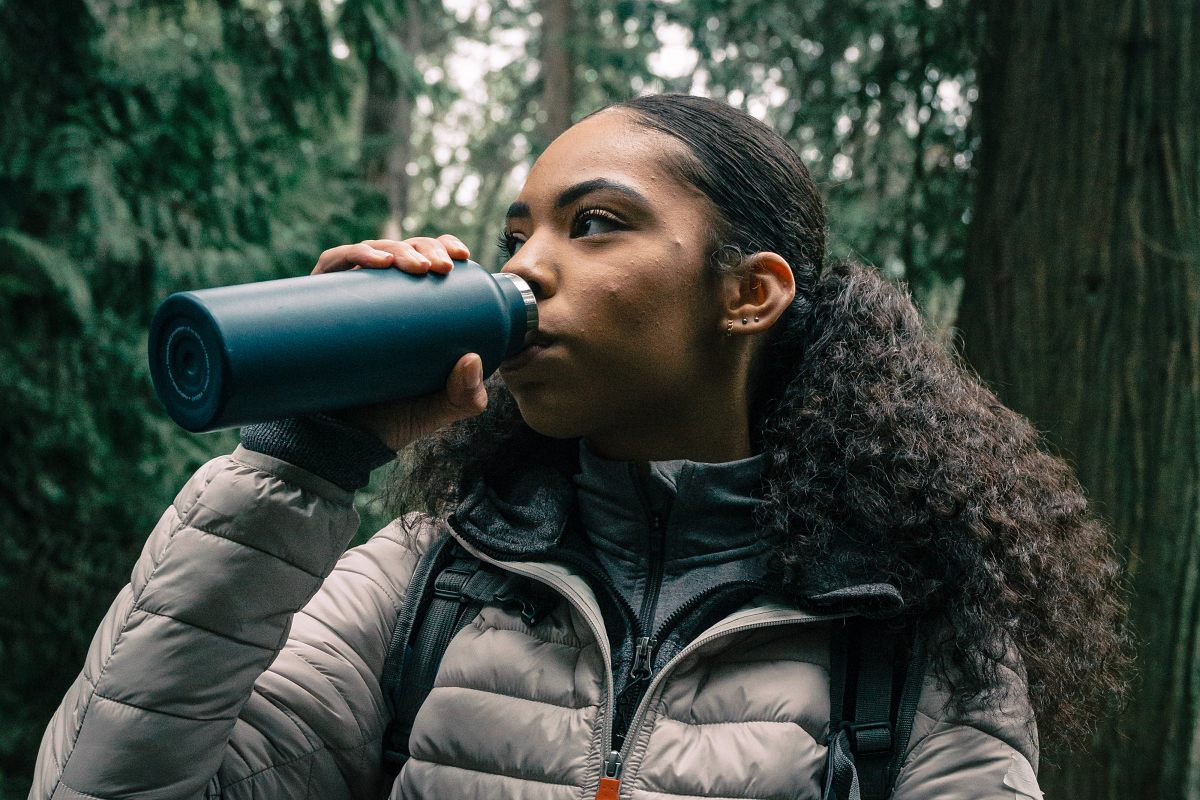
Reduce waste by saying goodbye to single-use items. Water bottles are an easy swap. Photo by PNW Production.
One of the best ways zero waste tips is to eliminate single-use items from your life. This includes things like plastic cutlery, paper towels, water bottles, coffee cups, straws, and disposable cutlery.
Single-use plastics in particular are a huge problem – 91% of all plastics aren’t recycled at all, ending up in landfill or in the wild. They’re used for just a few minutes but can take hundreds of years to break down as they’re constructed from petroleum-based materials that don’t biodegrade. And when they do eventually break down, they release toxic chemicals into the environment. So, next time you’re reaching for a plastic toothbrush, plastic containers, or plastic produce bags, think about whether you really need it – chances are, you can do without.
More single-use zero waste tips include:
- Bringing your own reusable coffee cup to coffee shops
- Use reusable shopping bags (such as cloth produce bags) at the grocery store
- Ditch the plastic food storage containers and go with reusable containers
- Get a beautiful reusable water bottle and start drinking filtered tap water
- Always use reusable cutlery
Looking for a solution to single-use items? Enter Last Object – a social enterprise that creates beautiful, sustainable, and ethical zero waste alternatives to disposable items such as the LastSwab, LastTissue, and LastRound. Their mission is to help people break their dependence on throwaway culture and consume more consciously. When you place an order, you remove 2lbs (1kg) of ocean-bound plastic.
2. Buy in bulk
Save money and reduce plastic waste by buying in bulk.
One simple way to reduce the amount of unnecessary waste you produce is to buy in bulk. This means buying food and other items in larger quantities, which often works out cheaper in the long run anyway.
As well as specialty bulk food stores, many traditional grocery stores now have a bulk section where you can fill up your own containers with things like grains, pasta, nuts, seeds, and dried fruit – no plastic packaging required. You can also buy household items such as laundry detergent, shampoo, and conditioner in bulk to cut down on waste.
Here are some bestselling bulk food storage containers to keep your cupboards looking neat!
3. Make your own cleaning products (or buy from green brands)
Make your own cleaning products like liquid soap.
Another way to go zero waste is by making your own cleaning products from scratch using natural ingredients or investing in brands that sell sustainable cleaning supplies. This includes things like dish soap, laundry detergent, and all-purpose cleaner.
Not only are many store-bought cleaning products packed with harmful chemicals (that can end up polluting waterways), but they also come in single-use plastic bottles which contribute to the mountains of plastic waste clogging up our landfills and oceans.
So, what’s the zero waste alternative? You can easily make your own cleaning products using basic ingredients like white vinegar, baking soda, lemon juice, and essential oils. Or, you could buy from sustainable brands like Blueland that sell eco-friendly cleaning products in reusable packaging.
4. Use reusable menstrual products
Consider zero waste alternatives, like reusable menstrual cups.
If you’re a woman of menstruating age, chances are you’ve been using disposable period products like pads and tampons for years. But did you know that the average woman will use 12,000 disposable menstrual products in her lifetime? That’s a lot of waste!
Not to mention, most disposable period products contain harmful chemicals like dioxins and pesticides (from the bleached cotton) which can leak into your body when absorbed through your skin. They also come wrapped in plastic which takes centuries to break down in landfill.
The zero waste alternative?
Reusable period products like menstrual cups and cloth pads! These can last for years with proper care, dramatically reducing the amount of waste you produce each month. Plus, they’re often more comfortable and economical in the long run.
If you’re not sure where to start, Amazon features several bestselling brands of reusable menstrual cups.
5. Ditch fast fashion for second-hand or sustainable clothing
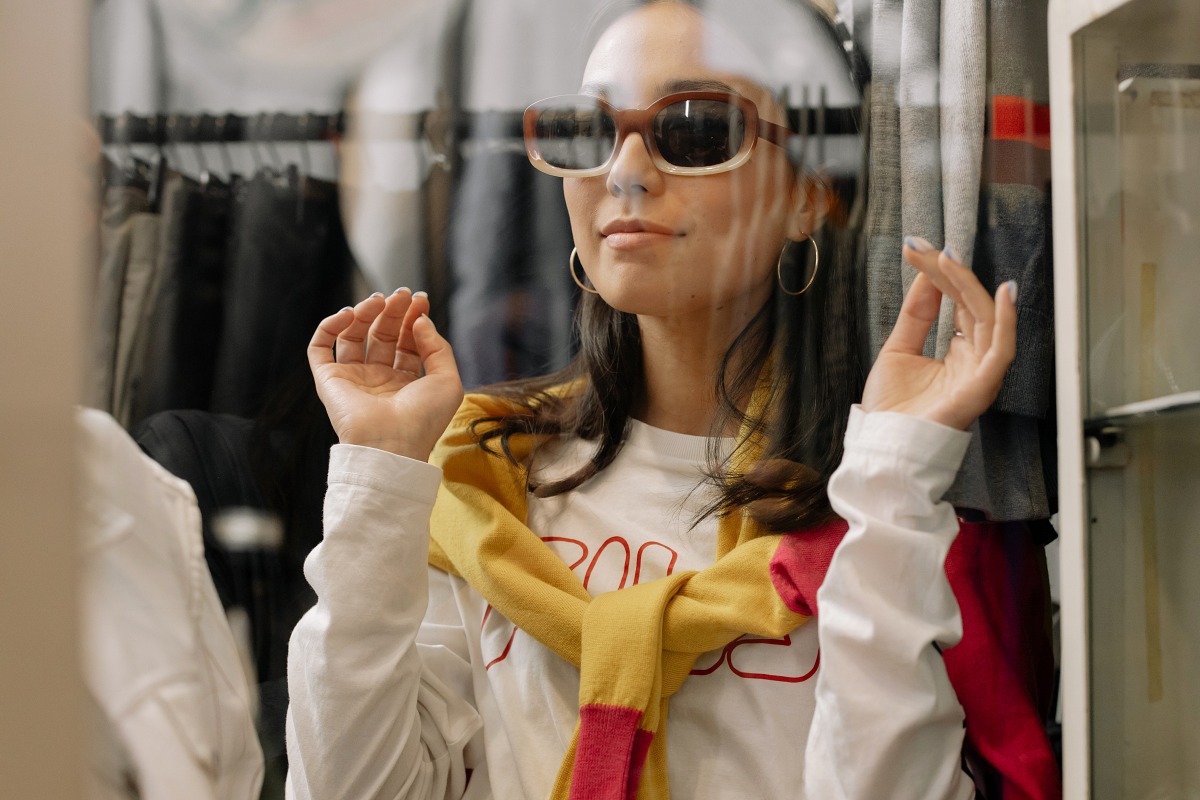
Thrift-shopping can be a fun way to find unique items that no one else will have. Photo by Cottonbro Studio.
In 2018, the average person bought 68 new items of clothing each year, most of which came from fast fashion brands. But what many people don’t realize is that the fashion industry is one of the biggest polluters in the world.
From the pesticides used to grow conventional cotton to the toxic dyes and chemicals used in manufacturing, to the enormous amount of energy and water required to produce a single garment – our clothes have a huge negative impact.
To make the biggest impact on your clothing footprint, you can simply buy less. But we know that’s not always realistic or possible. So, other great options include shopping at thrift stores, investing in higher quality sustainable pieces that will last you for years (think: natural fibers like linen, wool, and organic cotton), or shopping at closed-loop stores that use sustainable fabrics and manufacturing practices.
| Closed Loop/Circular Fashion: Designing and producing items with the end of a product’s life in mind, making sure the materials are recyclable and can produce future products. |
If you’re looking for a closed-loop fashion brand, For Days is a great option. They make sustainable, high-quality basics like tees, tanks, and sweatshirts – and for every item you purchase, they donate 1% to a nonprofit of your choice.
Well, how about your feet? Thousand Fell is a New York-based company that makes zero waste sneakers “for a better tomorrow” using sustainable, vegan materials like recycled bottles, corn waste, and coconut husk. Products range between $125–$135 with an added $20 recycling deposit, and you’ll be sure to be wearing these for years to come.
6. Put food scraps in a compost keeper
Reduce food waste by composting.
According to the U.N., 1.03 billion tons of food produced globally is wasted each year. But much of this food waste can be composted instead! Composting is simply the process of decomposing organic matter like food scraps, wet waste, yard waste, and paper into a nutrient dense soil amendment.
Not only does composting reduce landfill waste, but it also helps to improve the quality of your soil, which can in turn lead to healthier plants. And if you’re a gardener, that means bigger and better veggies!
To help you get started with composting, here is a handy kitchen countertop compost bin that will hold several days’ worth of food scraps until you can take them out to your larger outdoor compost bin where the real composting takes place over time.
7. Upcycle or repurpose items instead of throwing them away
Find a creative way to upcycle an item rather than throwing it away.
One man’s trash is another man’s treasure, as they say. So before you toss something in the garbage, ask yourself if there’s a way it can be repurposed. There are all sorts of creative ways to give new life to old items! For example, you can:
- Turn an old bed sheet into reusable cloth rags
- Make a vase out of a used jar
- Upcycle an old dresser into a bathroom vanity
- Turn an old window into a picture frame
The possibilities are endless. And not only will repurposing save you money, but it will also help to reduce landfill waste.
Interested in a unique product that uses the idea of repurposing? Toast Ale is a beer brewed with surplus bread that would otherwise be wasted. The next time you want to bring a case of beer to a party, you can rest easy knowing you’ve contributed to using less land, water, energy, and no carbon emissions whatsoever.
8. Go digital
Reduce paper waste by going digital.
In our digital age, there’s really no excuse for using paper anymore. Unsubscribe from paper bills and junk mail, and opt for digital versions instead. Not only will this save trees, but it’ll also declutter your life! You can also go paperless with your to-do lists and grocery lists by downloading a digital app like AnyList or Bring!
You can also reduce the amount of paper waste in your office by sending emails instead of memos, and storing documents electronically rather than printing them out. Whenever possible, go paperless!
9. Opt for greener toothbrush and toothpaste options
Compostable toothbrushes and toothpaste are excellent options to minimize plastic packaging.
Did you know that over one billion plastic toothbrushes are thrown away each year in the United States alone? And those toothbrushes and electric toothbrush heads will sit in landfills for hundreds of years before they decompose.
If you’re looking to make the switch to a greener toothbrush, there are plenty of natural alternatives out there such as a compostable bamboo toothbrush or a compostable toothbrush made with other recycled materials. Bamboo is a great sustainable material because it’s incredibly fast-growing, requiring little water and no pesticides to thrive. Plus, it’s naturally antibacterial and antimicrobial.
Worried about what to do with your toothpaste tubes? There are some great zero waste toothpaste options on the market as well. You can find solid toothpaste tablets and powders, or even make your own at home with baking soda, coconut oil, and essential oils.
10. Support zero waste businesses
Support companies that promote the zero waste lifestyle.
One of the best ways to reduce your waste is to support businesses that are already doing it. Look for local zero waste stores in your area, or buy from online retailers like Package Free Shop, which specializes in plastic-free and sustainable home goods. You can read about Package Free’s founder Lauren Singer below.
The difference between regular retailers and zero waste businesses is plentiful – regular retailers often have excessive packaging, sell single-use items, and contribute to our throwaway culture – contributing to an excess amount of carbon miles. But zero waste businesses do the opposite – they promote a circular economy by selling eco-friendly products that are made to last, with little or no packaging. By supporting these types of businesses, you can help make a difference in the fight against climate change.
Zero Waste Stories
Get inspired by people who adopted a zero waste life and became famous for it.
Lauren Singer
Lauren Singer is a New Yorker who lives a zero waste lifestyle. She is most known for her Tedx Teen talk Why I Live a Zero Waste Life, where she talks about fitting three years’ worth of trash into a mason jar. Sustainability has always been important to Lauren, but it wasn’t until she learned about the staggering amount of waste produced each day that she decided to take action. Lauren’s lifestyle includes taking her own reusable bags to the grocery store, carrying a reusable water bottle and coffee mug with her everywhere she goes, composting her food scraps, and making her own cleaning and beauty products.
As an outgrowth of her personal experiences, Lauren launched an online store called Package Free, to make it easier for us all to reduce our waste.
Bea Johnson
Bea Johnson is author of the book Zero Waste Home. Living with her family in a suburb of San Francisco, they produce just one quart of trash per year! Bea’s journey to zero waste began when she realized how much money they were spending on garbage bags. She decided to challenge herself to see how little waste she could produce and slowly but surely eliminated all disposable items from her life. Now, the Johnson family brings their own reusable bags to the store, carries reusable containers for leftovers, and makes their own cleaning and beauty products.
For Bea, living zero waste is a lifestyle choice that simplifies her life and saves money – it’s not about being perfect.
Rob Greenfield
Rob Greenfield is an adventurer and environmental activist who lives a zero waste lifestyle. He carries all of his trash with him wherever he goes in order to raise awareness about the amount of waste we produce each day. Rob has been featured on several TV shows, including National Geographic’s Survival Live, where he lived in the wilderness for 21 days with nothing but the clothes on his back and the items in his backpack. He’s also biked across America twice, carrying all of his belongings with him, and he’s currently working on a farm in exchange for food and shelter.
For Rob, living zero waste is about showing others that it is possible to live happily with less stuff and without producing any trash.
Republic of Green
Want to contribute to a zero waste generation? Republic of Green is your hub for all things sustainable and eco-friendly. Find Zero-Waste & Refill Shops as well as other fantastic sustainability focused businesses in our Green Business Directory. You can also get the latest Green News on companies, industries, and people creating a better world on a variety of popular topics.
- Best Vegan Shoe Brands for Men’s Sneakers, Boots & Dress Shoes - January 2, 2023
- 10 Easy Ways to Go Zero Waste in 2023 - January 2, 2023
- 10 Top Brands for Men’s Sustainable Jeans & Clothing - January 2, 2022
